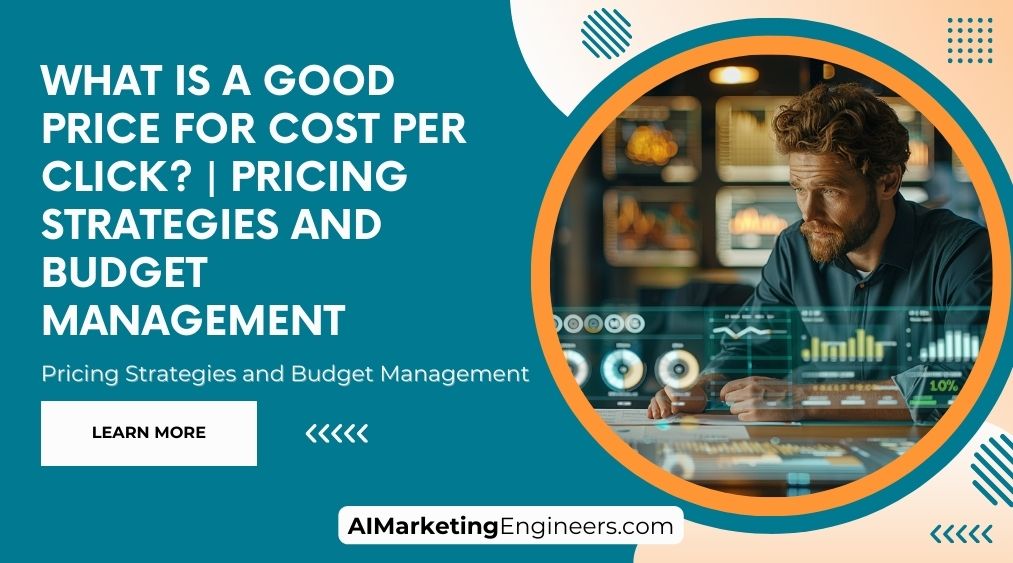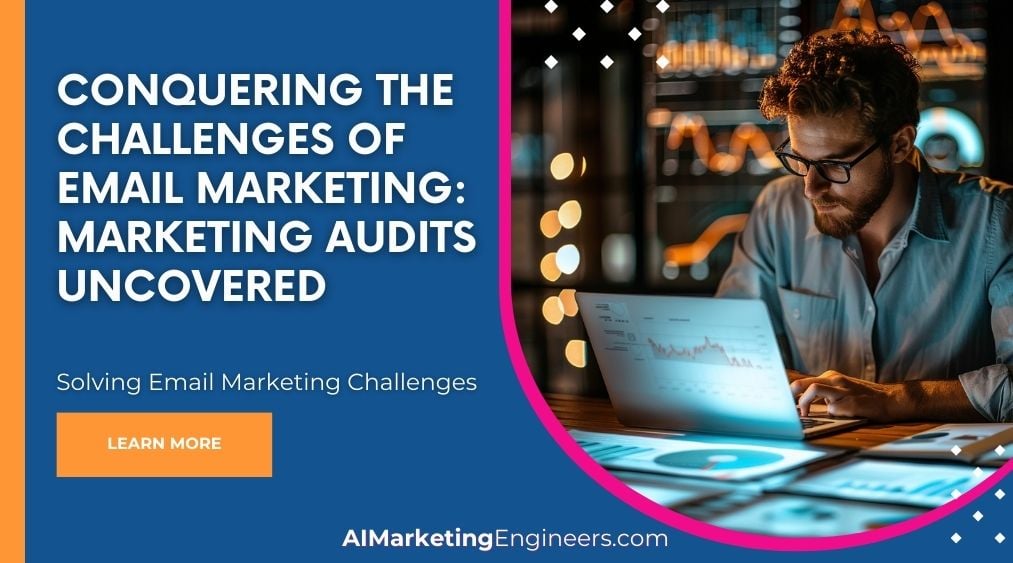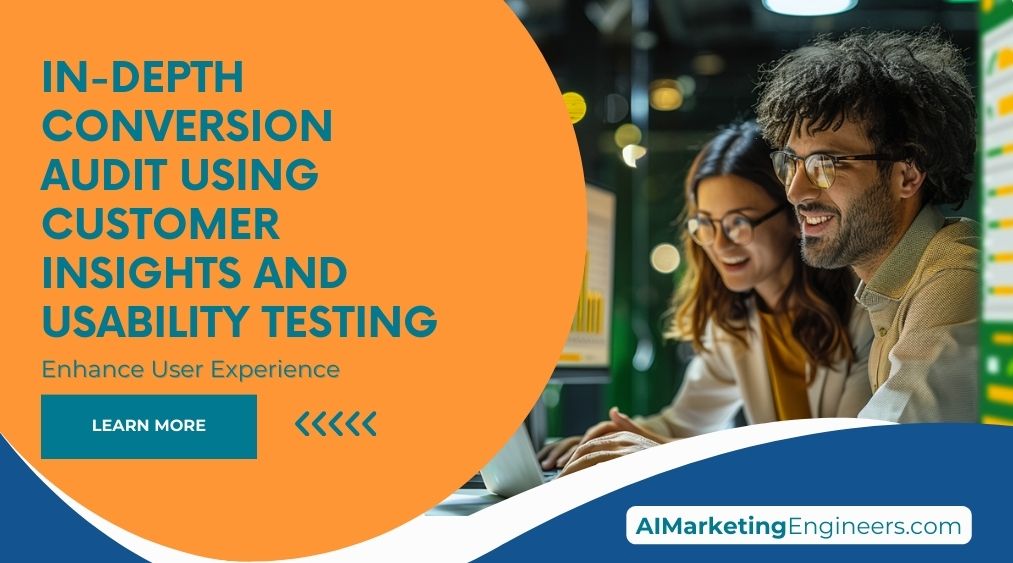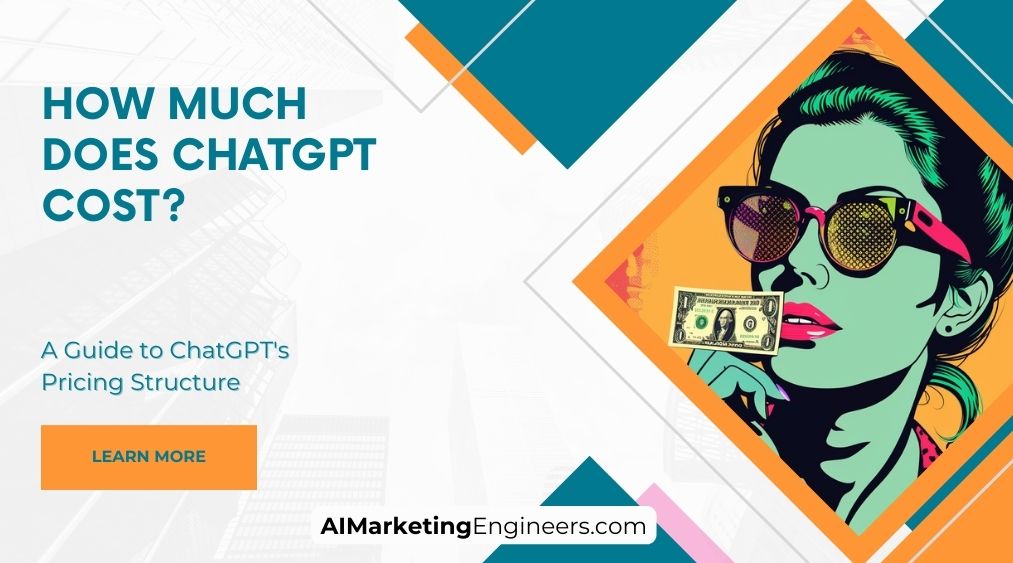Key Takeaways
✅ CPC Pricing Strategies: Establishing a cost-effective CPC starts by understanding your end goal. To hit a revenue target, multiply your desired number of acquisitions by the average CPC. Consider allocating a fixed percentage of your total revenue for PPC to maintain a dynamic budget. Alternatively, look at last year's spend, adjust for growth, and pivot strategies as needed. In 2020, businesses spent 10% more on Google Ads than the previous year – are you keeping pace with the trend?
✅ Factors Influencing CPC: The battle for visibility in your industry can dictate how deep your pockets need to be. High-competition keywords often drive up CPC; niche keywords could offer savings. Always aim for top ad quality and relevancy—statistics show that improving your Quality Score by one point can decrease CPC by up to 50%. And remember, what you pay might also vary by device, time, and location.
✅ Budget Management: Effective budget management involves spreading your dollars across various platforms to cast a wider net. Set aside around 5-10% of your budget for testing and tweaking ads. Seasonality also plays a key role; businesses see up to 140% more ROI during peak holiday seasons, making it crucial to adapt your budget according to the calendar.
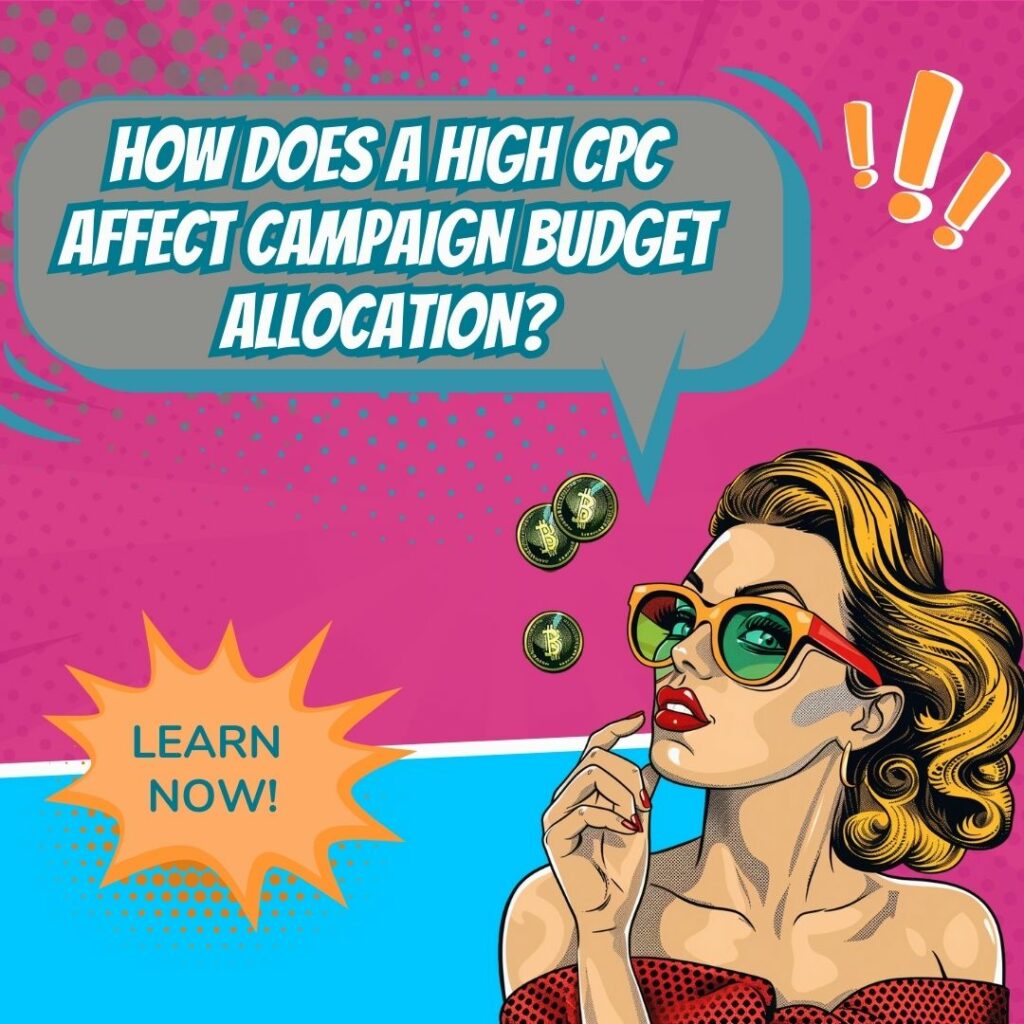
Introduction
How much should you really pay for someone to click on your ad? It's the million-dollar question: What is a Good Price for Cost Per Click? Navigating Pricing Strategies and Budget Management is akin to a financial tightrope walk – it's all about balance to secure the prize: Maximum ROI.
The digital advertising flavor of the season is efficacy blended with prudence. Data is everywhere, but how can you sift through it to lower costs and boost returns? By the end of 2021, digital ad spending had reached $455 billion globally. With figures like that, you can't afford to miss the mark.
We've curated ground-breaking insights and modern strategies that will not just catch your eye – they'll help you catch the coin. Whether you're a small business owner or a marketer at a large corporation, this read is your toolbox for financial savviness in the PPC arena. Get ready to unlock secrets that have been the making (or breaking) of digital campaigns, turning clicks into customers without breaking the bank.
Top Statistics
| Statistic | Insight |
|---|---|
| Average CPC for Google Ads Search: $3.30. | This shows the competitive nature of Google's search network and why optimizing campaigns for quality and relevance is crucial. |
| Average CPC for Facebook Ads: $1.6 - $1.7 per click. | Given its relatively lower cost compared to Google, businesses may find Facebook an appealing platform to start advertising or expand their efforts. |
| Mobile ad clicks: 53% of PPC ad clicks come from mobile devices. | This statistic emphasizes the importance of mobile-friendly ads and the potential missed opportunities if ads aren't optimized for mobile users. |
| Return on investment: Businesses earn an average revenue of $2 for every $1 spent on Google Ads. | This impressive ROI is a powerful incentive for businesses to invest in Google Ads as part of their digital marketing strategy. |
| PPC budget allocation: 39% of advertisers’ budgets are allocated to paid search. | This highlights the significant portion of the marketing budget that businesses are willing to spend on paid search, showcasing its perceived value. |
Understanding Cost Per Click (CPC)
Cost Per Click (CPC) is a metric that illustrates how much an advertiser pays each time a user clicks on an ad. Calculating CPC is quite straightforward – it's the cost of your clicks divided by the total number of clicks. This metric carries significant weight in digital marketing, as it helps businesses understand the cost-effectiveness of their online advertising efforts and can impact the financial success of campaigns. By tracking CPC, advertisers can optimize their budgets and maximize their return on investment (ROI). Additionally, understanding CPC trends can help in making strategic decisions for future campaigns. Monitoring CPC also provides insights into competitive dynamics within your industry.
Factors Influencing CPC
Several factors can influence your CPC, and it's crucial to understand that these can vary widely across different industries and niches. Keyword competition is a biggie; the more advertisers bidding on the same keyword, the higher the cost. But it's not all about the bidding war; the quality of your ad and landing page also play pivotal roles. Add to that device and location targeting, plus when your ads are running, and you have a complex little ecosystem all contributing to your CPC. User demographics and behavior patterns can also impact CPC rates. Seasonality and market trends are additional factors that can cause fluctuations in CPC. Understanding these variables helps in creating more accurate and effective bidding strategies.
Determining a Good CPC
So, what is a "good" CPC? Unfortunately, there's no one-size-fits-all number—it's relative to your business goals and the value you get from a click. A good starting point is to set clear goals and evaluate your return on ad spend (ROAS). Understanding your conversion rates and the value of each conversion is essential. This insight lets you identify target CPC ranges that align with your business objectives, balancing cost with the desired volume of conversions. Regularly reviewing performance data can help adjust your target CPC for better outcomes. Benchmarking against industry standards can provide a reference point for assessing your CPC. Keeping an eye on competitor activities can also inform your CPC strategy.
Effective CPC Pricing Strategies
There’s a whole toolkit of pricing strategies to consider when managing CPC. Options range from Cost-per-acquisition (CPA) bidding, where you pay for conversions, to different shades of CPC bidding, such as Enhanced CPC (eCPC), which adjusts your bids for clicks that seem more likely to convert. Then there's Manual CPC bidding, granting you full control over your bids, versus Automated bidding strategies that leverage algorithms to optimize your bids. Each strategy has its pros and cons, depending on your campaign goals and budget. Testing different bidding strategies can reveal which method delivers the best results for your business. Combining multiple strategies may also enhance overall campaign performance.
Budget Management for CPC Campaigns
When it comes to budget management, precision is key. You need to set and stick to daily and total budgets that align with your campaign goals while ensuring you're not putting all your eggs in one basket—spread those funds across campaigns and ad groups. But the work doesn't end there; monitoring and adjusting these budgets is an ongoing task. Thankfully, a host of budgeting tools and features can help prevent inefficiencies and budget waste. Regular audits of your spending can identify areas for reallocation. Implementing bid adjustments based on performance data can enhance budget utilization. Utilizing forecasting tools can help in planning future budgets more accurately.
Optimizing CPC for Better Results
The beauty of digital marketing comes from the ability to continuously monitor and analyze CPC data. Regular analysis illuminates areas that could use a bit of tweaking, whether that’s your ad targeting or the words you’re using to grab attention. Improving landing page quality is another surefire way to give your CPC numbers a healthy nudge in the right direction. Combine this with smart adjustments to your bidding strategies and you're on your way to a more cost-effective campaign that doesn't sacrifice results for savings. And let's not forget the gold mine that is A/B testing; nothing beats good old experimentation for ironing out the kinks in your ad strategies. Keeping up with the latest trends and best practices in PPC can provide new optimization ideas. Engaging in continuous learning and professional development ensures your strategies remain cutting-edge.
AI Marketing Engineers Recommendation
Recommendation 1: Establish a Baseline for Your Industry Average CPC: A solid cost per click (CPC) starts with understanding the typical rate in your industry, which can fluctuate greatly. For example, the average CPC in the legal industry can be above $6, while retail might see averages closer to $0.50. Use tools like Google's Keyword Planner or industry benchmarks from reputable sources to measure where you stand. Adjust your targets to be competitive without compromising your return on investment (ROI). For instance, if the average CPC in your sector is $2, you might aim for a $1-1.50 CPC depending on your campaign efficiency and conversion rates.
Recommendation 2: Leverage Smart Bidding Strategies for Enhanced Results: Embrace the current trend of machine learning by adopting Smart Bidding strategies in Google Ads, for instance. Such technology takes into account a plethora of signals to determine the optimal bid for each auction, potentially reducing your average CPC while maintaining or increasing conversions. Consider testing Target CPA (Cost Per Acquisition) or maximize conversions to automatically adjust bids for the best possible results, tailored to your specific budget and goals. By enabling these advanced strategies, companies now often see a decrease in CPC while still driving valuable actions on their ads.
Recommendation 3: Focus on Quality Score to Drive Down CPC: It's crucial to remember that Google rewards high-quality ads with lower CPCs. Ensure your ads are relevant, offer value, and lead to a satisfying landing page experience. Regularly review your Quality Score in Google Ads and make improvements to ad relevance, expected click-through rate, and landing page experience. Companies that focus on optimizing these metrics can sometimes slash their CPC by half while doubling their click-through rate (CTR), making their budget work smarter, not harder. Implement tools like SEMrush or Ahrefs to perform in-depth keyword and competitor analysis to ensure your ads are a cut above the rest.
Relevant Links
- Revolutionize Your Marketing with AI
- Advanced Strategies for Keyword Optimization
- Boost Your ROI with Performance Marketing in India
- Leveraging Big Data in PPC Campaigns
Conclusion
Cost Per Click (CPC) is more than just a number—it's a beacon that guides how we steer the ship of our digital marketing efforts. Determining a good CPC depends on a tapestry of elements, from the industry you’re in to the quality of your ad and landing page. But it's not just about hitting the lowest number; it's about finding a price that aligns with your business goals, delivers solid return on ad spend (ROAS), and maximizes your conversion potential.
In this landscape, strategies and budget management play crucial roles. Whether you decide on manual CPC bidding or fancy the precision of automated strategies, it is vital to ensure that budgets are spent effectively and smartly. Remember, a wise budget allocation can make the difference between a campaign that sputters and one that soars. So, what is a good price for CPC? The truth is, there is no one-size-fits-all answer. Instead, it takes a blend of analyzing your data, understanding the nuances of your market, and ongoing optimization to hit that sweet spot. Implementing A/B testing can help refine your approach further.
As you forge ahead, keep a close eye on your campaigns. Stay flexible and adapt to the ever-shifting tides of the digital ad landscape. What defines a 'good' CPC today might change tomorrow, so continuous learning and improvement are your allies. Let this knowledge empower you and your campaigns to not only achieve, but exceed expectations. Armed with insights and a steadfast strategy, you're ready to make CPC work for your business's unique narrative.
FAQs
Question 1: What is Cost Per Click (CPC)?
Answer: CPC is the monetary amount paid for each click on a digital advertisement. It is calculated by dividing the cost of a paid advertising campaign by the number of clicks received.
Question 2: How Do I Calculate Cost Per Click (CPC)?
Answer: CPC is calculated by dividing the total cost of an ad by the total number of clicks. The formula is: CPC = Total Advertising Cost / Number of Clicks.
Question 3: What is Average Cost Per Click (Average CPC)?
Answer: Average CPC is the average amount an advertiser spends for every ad click. It is calculated by dividing the total cost of clicks by the total number of clicks.
Question 4: What is Maximum Cost Per Click (Max CPC)?
Answer: Max CPC is the highest amount an advertiser is willing to pay per click. It is set in the Google Ads account and determines the maximum amount paid for each click.
Question 5: What is a Good Cost Per Click (CPC)?
Answer: A good CPC varies across industries, platforms, and marketing objectives. It is best to establish personal benchmarks by tracking your own CPC and comparing it to industry standards.
Question 6: How Do I Lower My Cost Per Click (CPC)?
Answer: To lower CPC, improve your Quality Score by enhancing expected clickthrough rate, ad relevance, and landing page experience. Conduct thorough keyword research, targeting relevant keywords with lower competition and cost.
Question 7: What is the Difference Between CPC and CPM?
Answer: CPC charges advertisers for each ad click, while CPM (Cost Per Thousand Impressions) charges for every 1,000 ad impressions, regardless of clicks.
Question 8: How Do I Set CPC Benchmarks and Goals?
Answer: Set CPC benchmarks by analyzing historical keyword data and comparing past average CPCs to campaign performance. Use back-calculation to set max CPC goals based on revenue targets and conversion rates.
Question 9: What is the Role of Ad Position in CPC?
Answer: Ad Position affects CPC as a higher bid generally helps an ad show in a higher ad position on the page, but you only need to pay the minimum amount to beat competitors.
Academic References
- WebStrategies Inc. (2016). An analysis of cost-per-click and target ROI: Assessing acceptable acquisition costs and ad spend ratios. This source provides benchmarks for what constitutes a good cost-per-click based on the desired return on investment, with industry standards of a 20% cost-per-acquisition or a 5:1 revenue to ad spend ratio.
- HawkSEM. Cost-per-click advertising: A breakdown of spend and management fees. HawkSEM discusses the typical cost per click ranging between $2-$5, and average monthly ad spends of $9,000-$10,000. They also examine various PPC management fees and their applicability depending on client needs and budgets.
- WordStream (2024). The 2024 report on cost per click in Google Ads across industries. WordStream offers up-to-date statistics on the average cost per click, highlighting the differences among various industries and providing insights on the expected spend for both search ($2.69) and display ($0.63) advertising.
